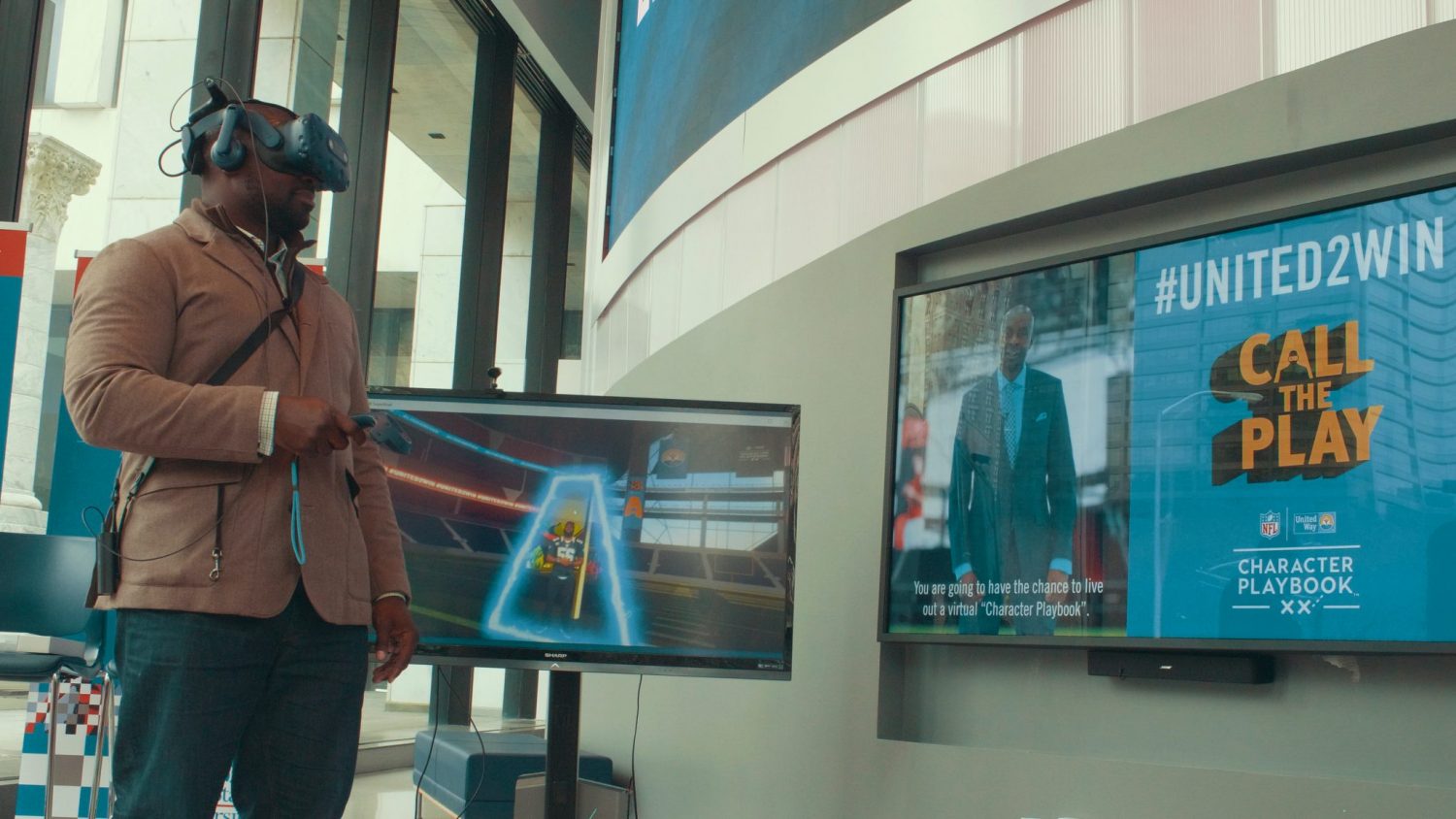
09 Jan Leveraging Immersive Technology for Learning & Development
United Way of Greater Atlanta deploys countless community education initiatives, and they wanted to create a unique experience highlighting one of them. Their team determined that virtual reality was a promising medium to present educational content in a way that resonated with the audience long after they removed the headset. The VR simulation, titled “Call the Play,” is based on the Character Playbook, an online learning platform designed to help middle school kids learn how to make tough decisions in challenging situations and develop healthy relationships. The objective of the VR adaptation was to impact social and emotional development in young people by equipping them with greater knowledge of the possible consequences of their actions.
Sara Fleeman of United Way of Greater Atlanta describes what went into transforming 2D learning content into a virtual reality experience.
How did you decide what content would make the ideal candidate for a virtual reality experience?
Sara: We went into the project knowing that we were going to focus on our program Character Playbook. We further developed the content of the virtual reality experience through discussion (I remember we were brainstorming in our first meeting with Futurus) around what VR does well – it helps create empathy. Since Character Playbook is an educational program on anti-bullying, conflict resolution, etc. for middle-school aged children, we decided that we would have the VR player experience what it feels (the empathy was created) like to be a middle-school student, versus simply quizzing them on the content.
The simulation took variations of experiences that most people encounter in their life. Individuals who tried the experience came to a point in the story where they had to decide how they were going to react. This can be applied to many other types of training scenarios, whether it be a process-driven task, identifying objects in an environment, or navigating a rare or emergency situation.
What does VR allow you to do that 2D computer-based training content doesn’t?
Sara: VR creates an immersive experience in which you can see, hear, feel, and do. It utilizes more of our senses, causing us to create more memories than we do when we are simply reading, watching or listening.
How does VR fit into the larger educational/training curriculum?
Sara: VR is definitely an emerging technology being used in training, as it is a more immersive style of teaching. I imagine corporations and educational institutions will adopt VR training techniques. Learning is done best when we get to experience it for ourselves.
What impact did the experience have on the individuals who tried “Call the Play”?
Sara: Each participant would remove the headset and immediately look like they had returned from another place – a virtual world. The resulting impact was a resonating, different type of brand experience.
Transporting a person into another world at a moment’s notice is one of the benefits of virtual reality. In training and education, it gives instructors an opportunity to talk about a topic and then let the trainee experience it for themselves. 67% of people identify as visual learners1. Seeing and experiencing the lesson helps to connect the dots and make sense of central themes.
What would you consider the biggest impact of this content being presented in VR?
Sara: The most memorable feedback was when speaking to educators. They immediately responded that their “school needs this”. They were impressed in our approach.
Creating engaging lesson plans that stick with trainees and students is a common challenge educators face. When they see individuals paying attention and enjoying the ways in which content is presenting it is a clear sign that the technology is a game-changer. The experience offered support of their decisions, helping individuals gain the confidence to stand up for their peers and control their emotions when having tough conversations with friends or adults. It proved to be an innovative approach to present complex issues in a way that is engaging and produces results.
Interested in making your company’s learning and development program more effective? Contact Futurus to talk one-on-one.




